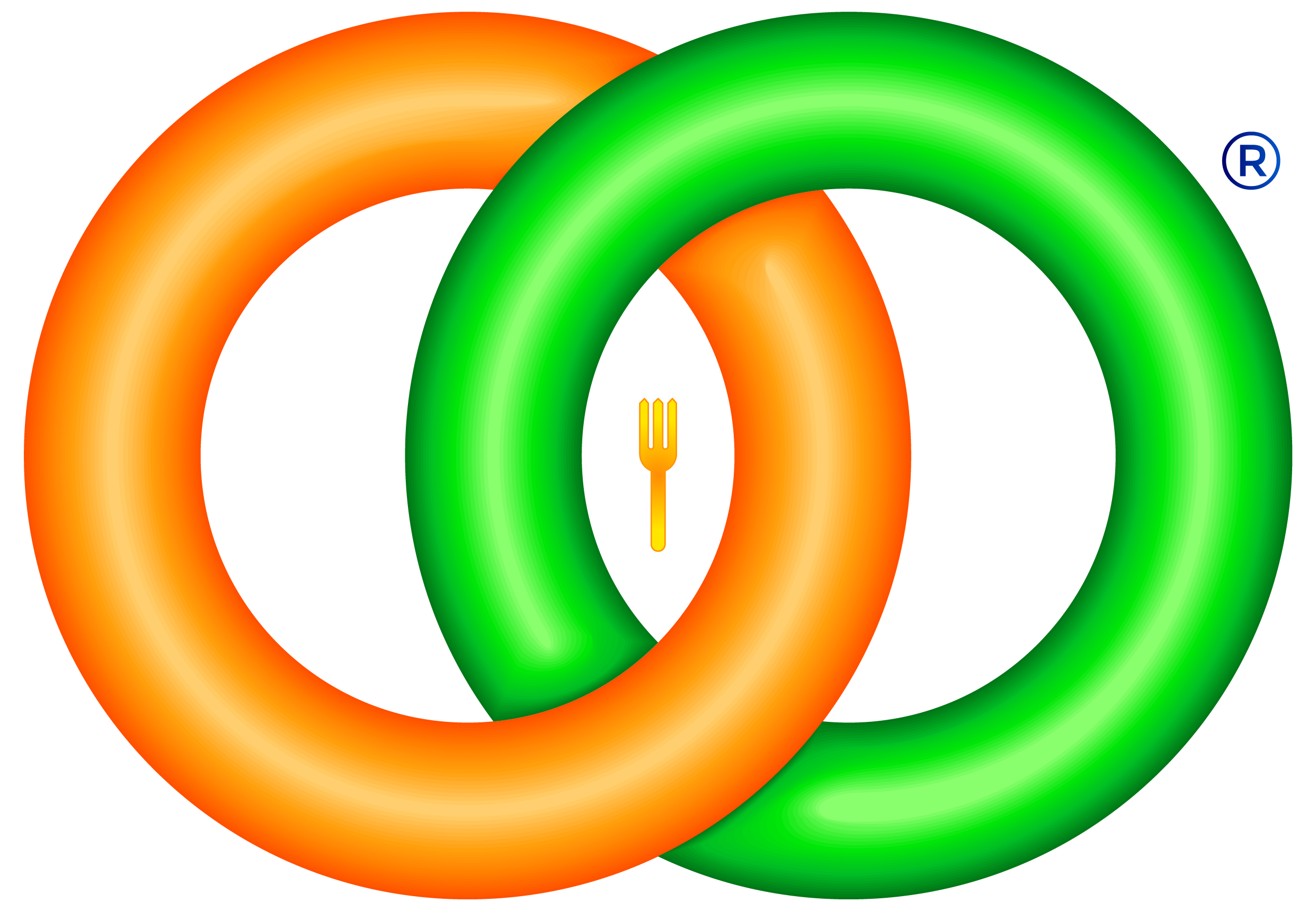
Free Guide in Planning Health Food Menus and Recipes
We found this article very supportive and informative to all chefs and food consultants who deal with health minded clients.consider these factors when planning your menu.
you can download a full copy from the file below.This eating plan can help you start a new lifestyle, one that aims at reducing one of the major risks of heart attacks – high blood cholesterol. Developed by the American Heart Association, this plan describes the latest recommendations of medical scientists and provides a step-by-step guide to eating with your heart in mind.
The American Heart Association Diet
Vegetables and Fruits
High in vitamins, Minerals, Potassium, Fiber; Low in Fat, Calories, Sodium …. Contain no Cholesterol
Okay Foods
Almost all vegetables and fruits are “Okay Foods” and should be part of your daily eating plan.
Use at least 3 servings (SV) of fruit or real fruit juice every day. (1 Sv = 1 medium-sized piece of fruit or ½ cup juice or canned fruit). Also, use at least 3 servings of vegetables every day (1 Sv = ½ to 1 cup, cooked or raw).
Include at least one serving from the High Vitamin C list every day and at least one serving from the High Vitamin A list several times a week :
- High Vitamin C – Asparagus, broccoli, cabbage, cantaloupe, grapefruit, greens (mustard, beet, kale, collards), green pepper, oranges, potatoes, spinach, strawberries, tangerines, tomatoes.
- High Vitamin A – Broccoli, cantaloupe, carrots, greens, peaches, pumpkin, spinach, sweet potatoes, winter squash.
When you are reducing your intake of red meat and egg yolks, you can increase your iron intake by eating more green, leafy vegetables; peas and beans (fresh and dried); dried fruits; and whole grain or enriched cereals. Your body can make better use of the iron these foods provide if you eat them along with a good source of Vitamin C.
Enjoy plenty of vegetables and fruits. If you are watching your weight, these foods will give you the most nutrition for the fewest calories.
Foods to Avoid
Almost all fruits and vegetables are very low in fat, except :
Coconut, Coconut oil, Palm oil, and Palm Kernal Oil – Contain saturated fat and should be avoided. Olives and Avocados – also contain fat (and therefore are higher in calories). Tips for using these are included in the “Fats and Oils” section.
Milk Products
High in Protein, Calcium, Phosphorus, Niacin, Riboflavin, Vitamins A and D
Okay Foods
Milk Products Containing Only 0-1% Fat – Skim milk or fluid nonfat milk (0% fat); low-fat milk (1% fat); nonfat or low-fat dry milk; evaporated skim milk; buttermilk made from skim or low-fat milk; skim or low-fat yogurt; drinks made with skim or low-fat milk and cocoa or other low-fat drink powders; ice milk, sherbet, frozen low-fat yogurt.
Low-fat Cheeses – Dry –curd or low-fat cottage cheese ; low-fat natural cheeses or processed special cheeses labelled as containing not more than two grams of fat per ounce.
Begin trying lower-in-fat milk products. Whole milk is 4% fat. If you use whole milk now, first try 2% fat milk… Then move along to 1% fat milk…. Soon, you will enjoy the taste of skim milk.
Look for milk products labeled fortified with vitamins A and D. Adults and young children need 2 servings daily (1 Sv = 8 oz. Low-fat or skim milk or yogurt, 2 oz. Low-fat cheese, or ½ cup low-fat cottage cheese); older children, teenagers and women who are pregnant or breast feeding need 3-4 servings.
Foods to Avoid
Milk Products Containing More Than 1% Milk Fat – Low-fat milk with 11 / 2-2% milk fat; whole milk; dried whole milk, buttermilk or yogurt made from whole milk; drinks made from whole milk; condensed milk; evaporated milk; ice cream.
Cream, All kinds – half-and-half, light, heavy, whipping or sour.
Nondairy Cream Substitutes – Coffee creamers, sour cream substitutes made with coconut, palm, or palm kernal oil, which are high in saturated fat. Look for special ones labeled, “made from polyunsaturated fat.”
All Cheeses Containing More Than 2 Grams of Fat Per Ounce – Cream cheese , creamed cottage cheese and most other natural and processed cheeses such as Americans, Swiss, Mozzarella and Bleu.
Breads, Cereals, Pasta and; Starchy Vegetables Low in Fat and Cholesterol; High in B Vitamins, Iron, Fiber
